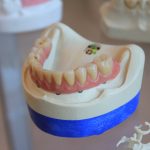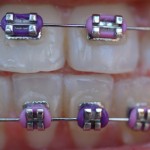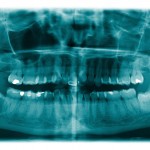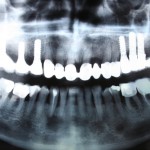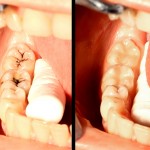
This review of the clinical performance of self-adhesive flowable composites and flowable composites for occlusal cavities in permanent teeth included 5 RCTs. . While the review found no significant differences between SAFCs and FCs in terms of retention, secondary caries, marginal discoloration, and postoperative sensitivity outcomes the limited number and quality of the small number of available studies mean the findings should be viewed cautiously.
[read the full story...]